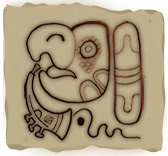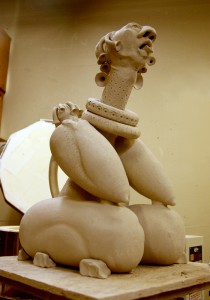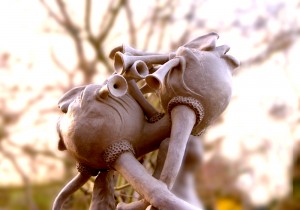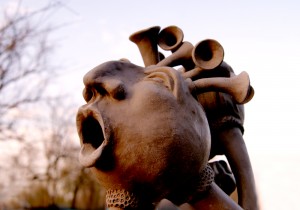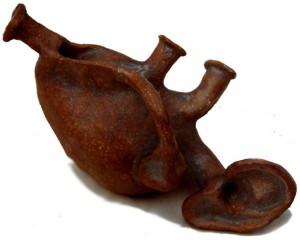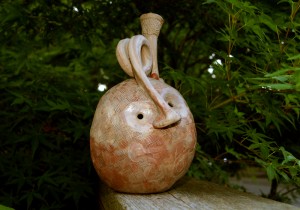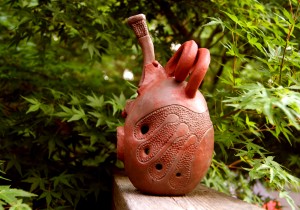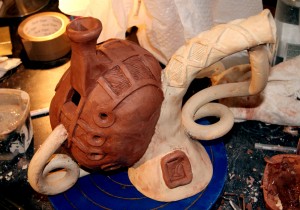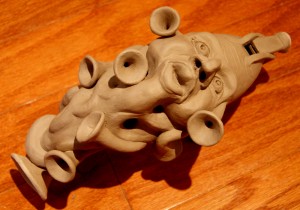 It has been a while since I took a day to construct a sculptural ocarina. For those who have not been following along, my sculptural ocarinas are fully functional, single octave ceramic musical instruments plus there is a significantly different, sculptural look to each of them. My earlier face-sculptured ocarinas did not have the detailed facial features of this piece. For several months I have been studying portrait sculpture and facial anatomy to get a better understanding of how to form facial emotions with some degree of believability. Even though the face on this ocarina is caricature-like, I would like to believe that the direction is toward believability.
It has been a while since I took a day to construct a sculptural ocarina. For those who have not been following along, my sculptural ocarinas are fully functional, single octave ceramic musical instruments plus there is a significantly different, sculptural look to each of them. My earlier face-sculptured ocarinas did not have the detailed facial features of this piece. For several months I have been studying portrait sculpture and facial anatomy to get a better understanding of how to form facial emotions with some degree of believability. Even though the face on this ocarina is caricature-like, I would like to believe that the direction is toward believability.
One commenter on my Flickr account noted that this instrument looks either Mayan or Aztec. That is intentional and may be more evident if I can master the making of custom decals…but that is a post for another day.
Ocarinas with this much ornamentation (approximately 9 separate pieces assembled) brings with it a greater risk that cracking or breakage may happen in the firing process. The majority of these pieces survive. Some do not function as well after firing as a ceramic musical instrument due to warpage in the airway and tone-producing fipple area…all the more reason to at least have a surviving sculptural piece that can make a great conversation piece.
I have been asked on several occasions, “Why are these pieces so expensive?” The total time to form, carve, assemble, tune, fire, glaze, and re-glaze several times can be upward of 20-30 hours. Factor in the cost of materials and energy and what may look like a toy become something of a serious investment. For me personally, the “AH-HA” moment when a new friend hears the flute-like sound for the first time and inevitably smiles one of those happy, raised-eyebrow smiles makes it all worthwhile.
